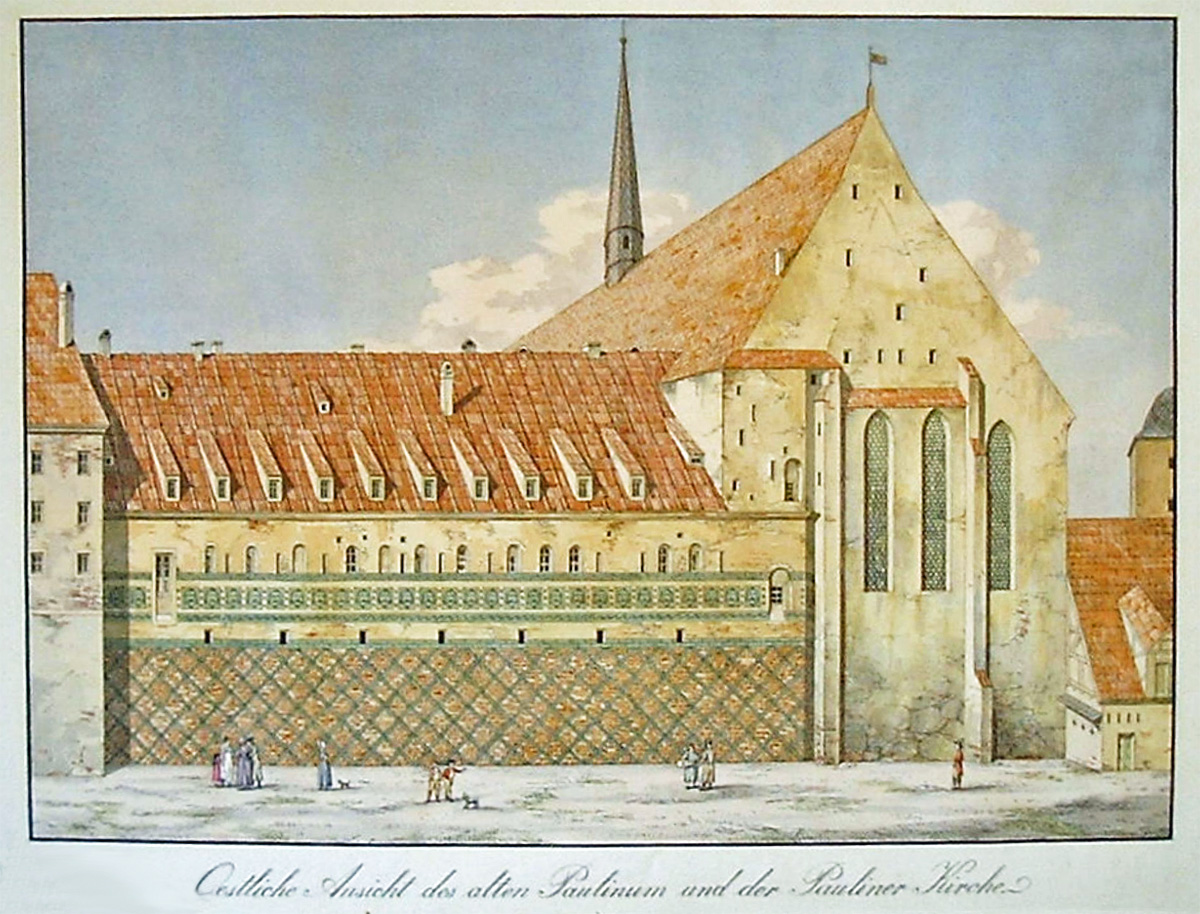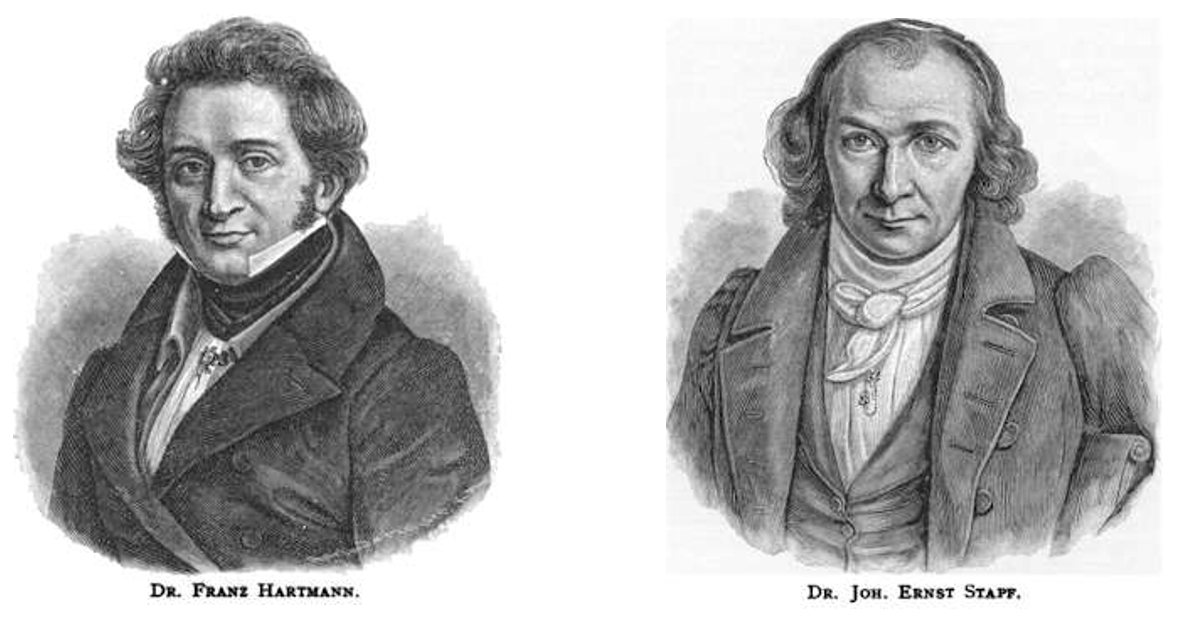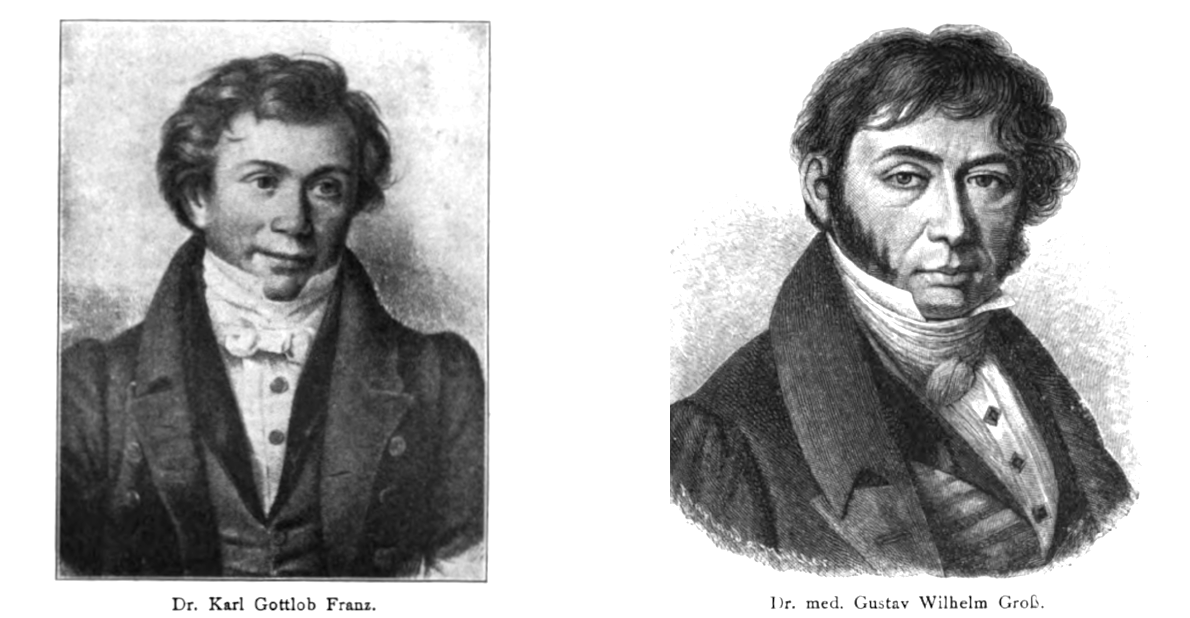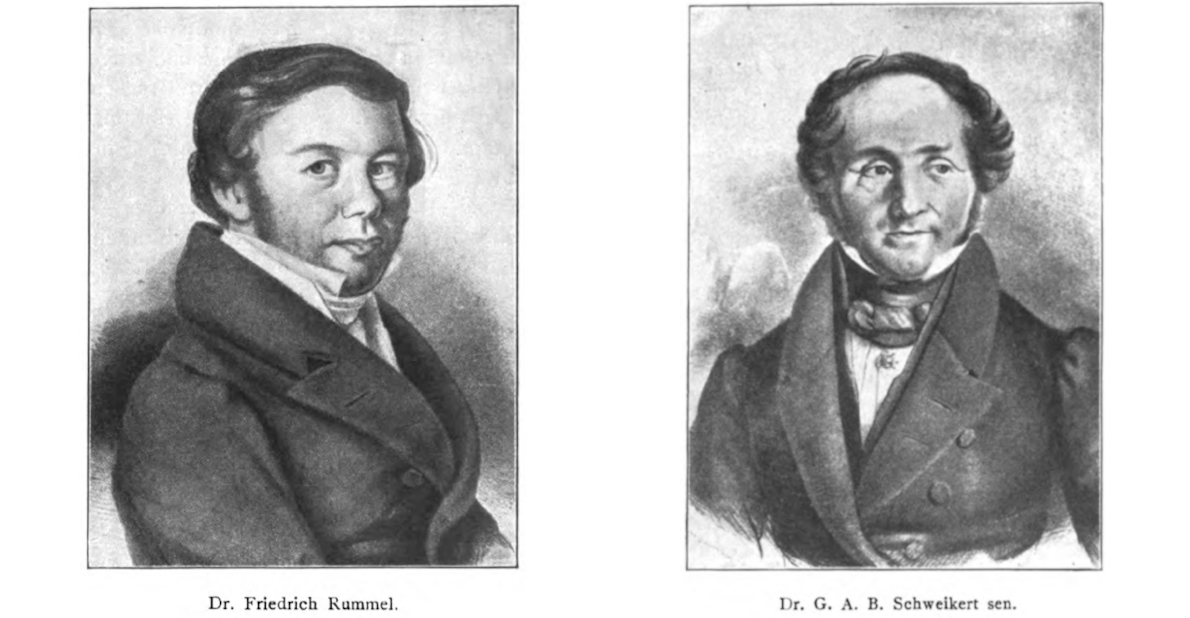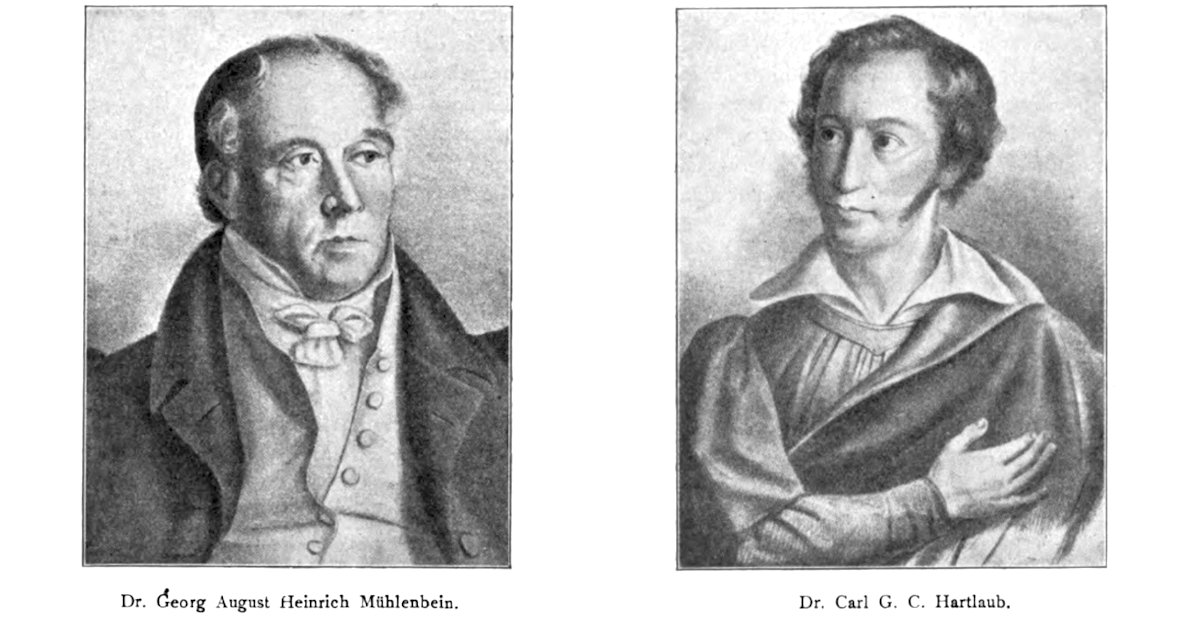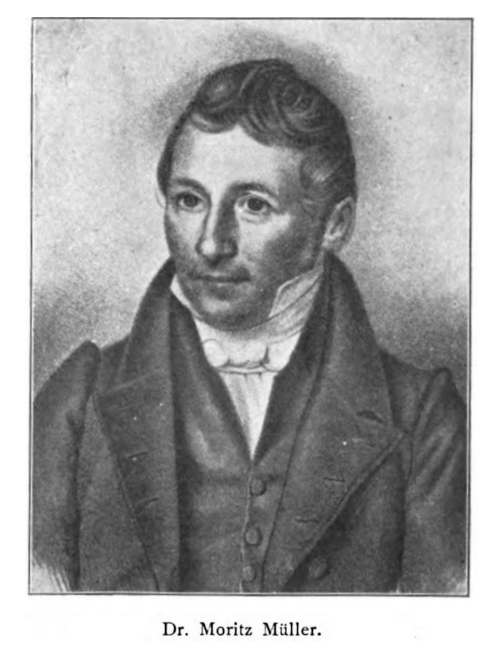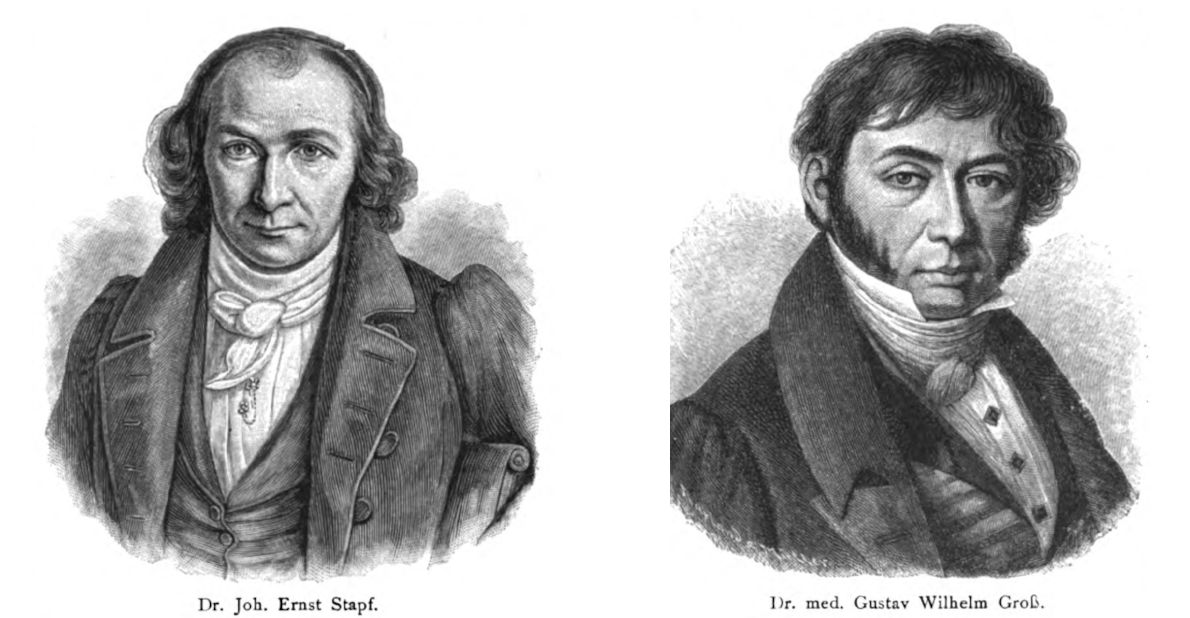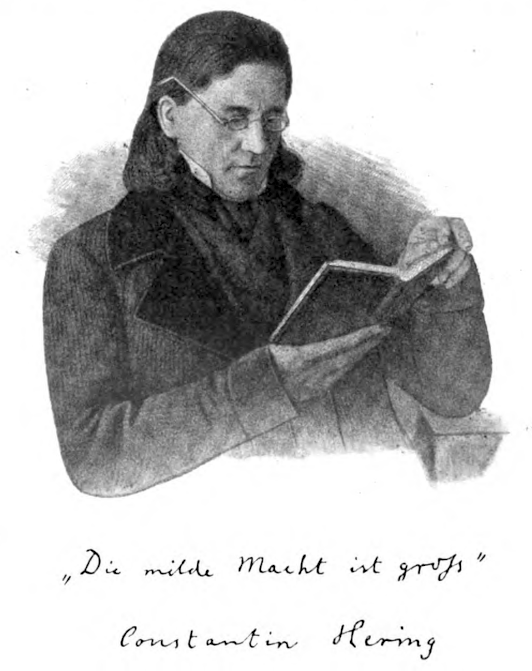The Call for Concord
"A Call for Concord" was Dr. Goullon's headline in the New Year's issue of the Allgemeine Homöopathische Zeitung (AHZ) of 1859, wondering "But whence this bitterness against those who think essentially alike and strive for one goal?" [trans. by author] - This is something one might sometimes ask oneself in disputes among homoeopaths even today.
The fact is that the history of homoeopathy, which goes back more than 200 years, is complex and characterised by various personal factors. The interplay of changing sociological, cultural, scientific, economic, political and religious conditions determined its development. In the process, the healing method repeatedly experienced phases of boom, heyday and decline in popularity in different regions of the world.
Disagreements with tendencies towards division and demarcation among homoeopaths began very early and run through history. Depending on whether one looks at the history of homoeopathy from a historical, scientific or ideological point of view, one will find different reasons for the discrepancies between the followers of different directions. In addition to the disagreement over content, group dynamic processes also played a role at all times.
The followers of homoeopathy had to deal with opponents from the very beginning. In various ways, contemporaries tried to refute, prevent or ridicule them. In addition to these external attacks, there were typical internal conflicts, often conflicts of role and rank. For Samuel Hahnemann did not develop a finished and contradiction-free method. Unsolved problems, contradictions and paradoxes were and are points of friction and driving forces for further development. Unfortunately, with increasing age, Hahnemann saw his life's work endangered not only by external opponents, but also from within. With his sometimes insensitive and authoritarian attitude, he himself contributed to the early upheavals.
Are unity and longer-term continuity even possible? Would "concord" among homoeopaths lead to more continuity? Or would they rather paralyse further development?
There are no simple answers. But the following review of the beginnings of homoeopathy, perhaps inspires reflection.
